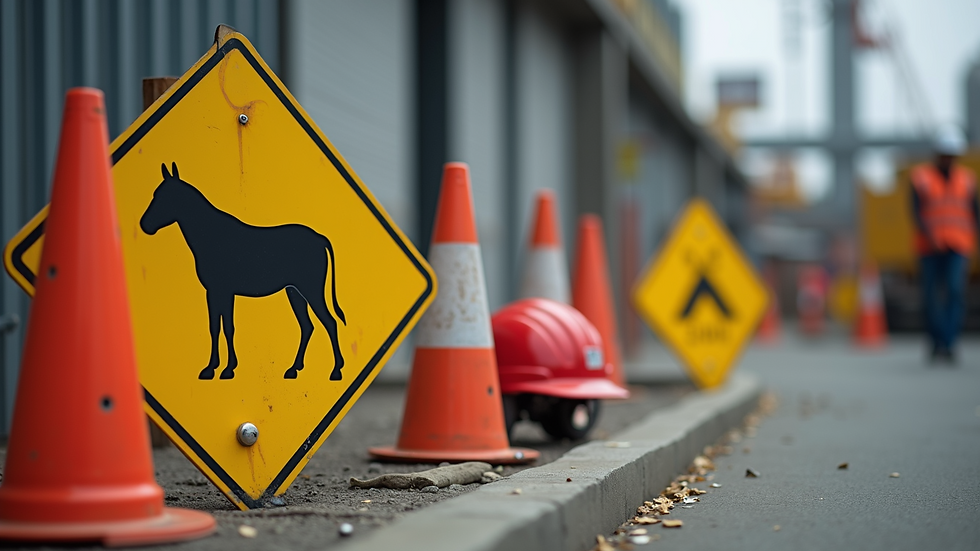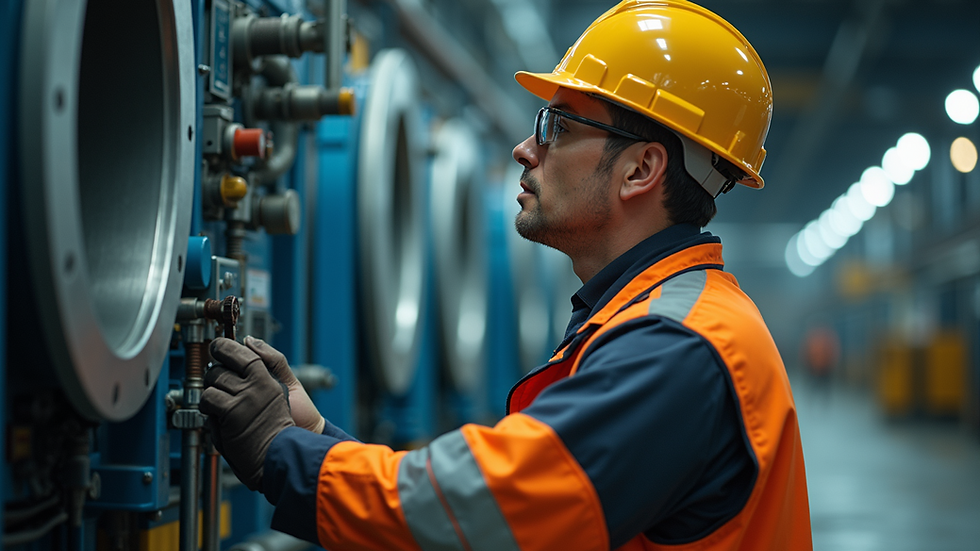Mastering Construction Safety for Worksites
- Asian Safety Council
- Aug 26
- 3 min read
Ensuring safety on construction sites is a critical responsibility that demands constant attention and expertise. Construction environments are inherently hazardous, with risks ranging from falls and equipment accidents to exposure to harmful substances. Mastering construction safety is not just about compliance; it is about creating a culture where every individual understands the importance of safety and actively contributes to a secure worksite. This article explores essential strategies and practical measures to enhance safety standards on construction sites, focusing on effective training, risk management, and continuous improvement.
Understanding Construction Training Essentials
Construction training essentials form the foundation of a safe work environment. Proper training equips workers and supervisors with the knowledge and skills necessary to identify hazards, use equipment safely, and respond effectively to emergencies. Training programs should cover a wide range of topics, including personal protective equipment (PPE), machinery operation, hazard communication, and emergency procedures.
A well-structured training program includes:
Initial orientation for new workers to familiarize them with site-specific hazards.
Regular refresher courses to keep safety knowledge current.
Hands-on demonstrations to reinforce theoretical learning.
Assessment and certification to ensure competency.
Investing in comprehensive training reduces accidents and improves productivity by fostering confidence and competence among workers. For those seeking to enhance their skills, construction safety training offers specialized courses designed to meet industry standards and regulatory requirements.

Implementing Effective Safety Protocols on Worksites
Establishing and enforcing safety protocols is vital to maintaining a secure construction environment. Protocols should be clear, accessible, and consistently applied. Key elements include:
Risk assessments conducted before starting any task to identify potential hazards.
Safety signage placed strategically to warn workers of dangers.
Use of PPE such as helmets, gloves, and safety boots, mandatory for all personnel.
Safe equipment operation guidelines to prevent misuse and accidents.
Emergency response plans detailing evacuation routes and first aid procedures.
Regular site inspections and audits help ensure compliance with safety protocols. Supervisors must lead by example, demonstrating commitment to safety and encouraging open communication about risks and concerns.

What is the 20 20 20 Rule in Construction Safety?
The 20 20 20 rule is a simple yet effective guideline designed to reduce eye strain and maintain focus during prolonged work periods, especially when tasks require intense visual concentration. The rule advises workers to take a 20-second break every 20 minutes and look at something 20 feet away. This practice helps prevent fatigue, improves alertness, and reduces the risk of accidents caused by diminished attention.
In construction, where workers often operate heavy machinery or perform precision tasks, maintaining visual acuity is essential. Implementing the 20 20 20 rule can be part of broader ergonomic and wellness initiatives aimed at enhancing overall safety and productivity.
Employers should encourage workers to adopt this rule and integrate it into daily routines. Training sessions can include demonstrations and reminders to reinforce the habit.

The Role of Technology in Enhancing Construction Safety
Technology plays an increasingly important role in improving safety on construction sites. Innovations such as wearable devices, drones, and safety management software provide real-time data and insights that help prevent accidents and streamline safety processes.
Some technological tools include:
Wearable sensors that monitor vital signs and detect hazardous conditions.
Drones used for site inspections, reducing the need for workers to access dangerous areas.
Safety management platforms that track incidents, training records, and compliance status.
Virtual reality (VR) training that simulates hazardous scenarios for safe practice.
Integrating technology with traditional safety measures creates a comprehensive approach that enhances situational awareness and decision-making. Organizations should evaluate and adopt technologies that align with their specific site conditions and safety goals.
Building a Culture of Safety and Continuous Improvement
Creating a culture of safety requires commitment at all organizational levels. It involves fostering an environment where safety is prioritized, and every individual feels responsible for their own well-being and that of their colleagues.
Key strategies to build this culture include:
Leadership engagement to demonstrate the importance of safety.
Open communication channels for reporting hazards without fear of reprisal.
Recognition programs to reward safe behavior and improvements.
Regular safety meetings to discuss challenges and share best practices.
Continuous training and development to keep safety knowledge up to date.
Continuous improvement is achieved by analyzing incident reports, conducting root cause analyses, and implementing corrective actions. This proactive approach ensures that safety measures evolve with changing site conditions and emerging risks.
Mastering construction safety is an ongoing process that demands vigilance, education, and collaboration. By focusing on training, protocols, technology, and culture, worksites can achieve higher safety standards and protect their most valuable asset - their workforce.





Comments